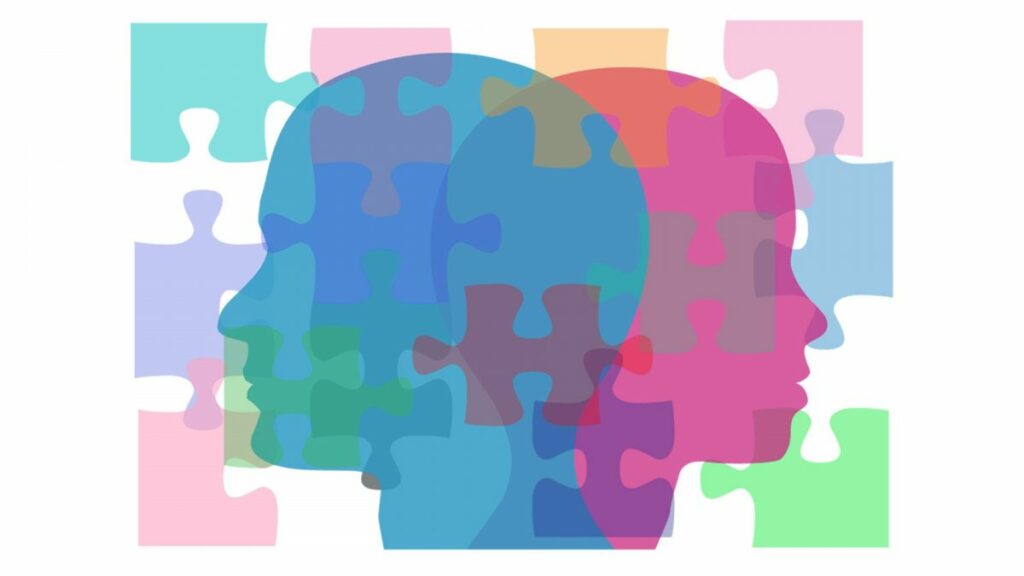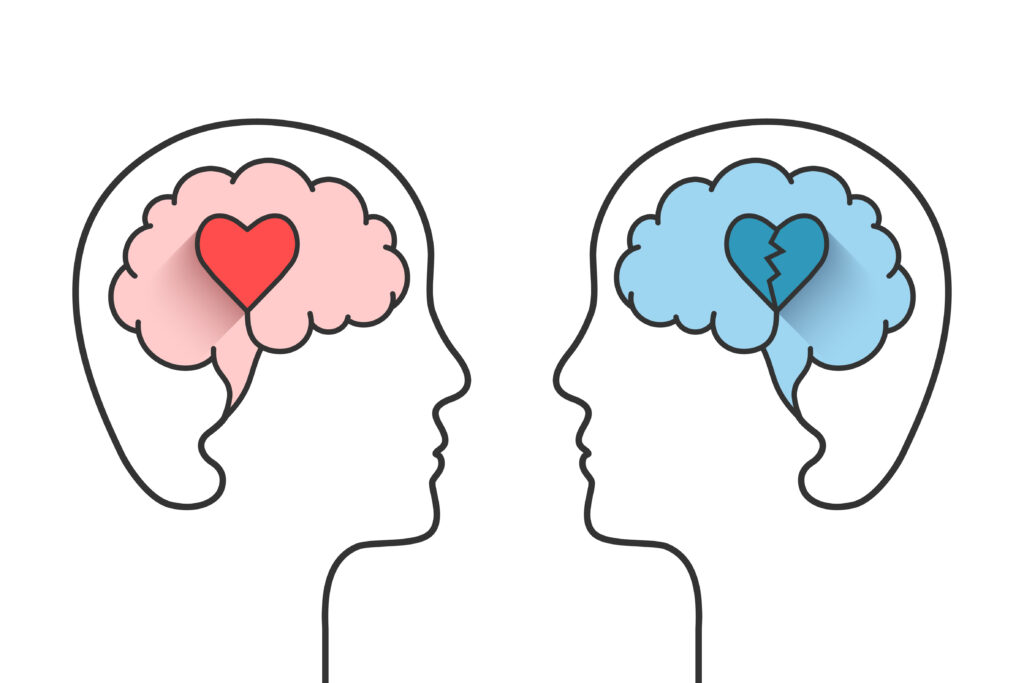The transactional model is an approach to understanding communication. What are the functions of this type of communication and how does it work? It places the emphasis on how two parties exchange messages. Where each party has something of importance to say and something important to gain from the experience.
Under this model there are three main parts: the sender, the receiver, and the message itself. The sender is in a position of power because without them there would be no communication; a great example here would be advertisers because they control what information consumers receive about their products.
Not so surprisingly, it takes two people to make or break a conversation – not one! Getting your message across often requires creating some kind of salience. A key factor in capturing attention. Such as using quotable lines that surprise or ‘trigger’ certain emotions within someone (e.g., fear). In this blog, we’ll look much deeper into transactional model of communication, the types, and the factors influencing the models. Stay with us till the end!
The Overview
Communication is a two-way street that can be interpreted in different ways to achieve the same goals. The transactional model involves senders and receivers of messages working together. So that the message and overall goal remain intact. Transactional communication relies on the idea that senders and receivers are involved in a process at the same time. Allowing for continuous communication and responses.
Unlike model like informative or persuasive speech that assume one person has control over what is being said. Transactional doesn’t assume either voice to have authority in most instances except through give and take. If one party isn’t paying attention or listening to what the other is saying, it would make little sense to continue communicating this way. Now, let’s take a look at some factors influencing the transactional model.
Factors Affecting The Transactional Model
The transactional model is the idea that a person’s message is encoded from one mode to another. And then decoded by a receiver utilizing a variety of elements to potentially distort that message. There are many factors that can affect this communication process. Such as the sender’s ability to encode their message; receiver’s ability to decode the message; noise present in the communication channel; cultural context & relational context of the parties involved. Let’s break down these five primary factors.
Sender’s ability to encode their message
One factor is the sender’s ability to encode their message. Communication is transactional in nature, meaning that the function of communication is to exchange information from one individual to another. Factors such as speech style and register are used to deliver a message. Which means that if a person relies on long sentences and complex syntax. Then their intended message cannot be properly understood by people who are unfamiliar with these styles.
This can result in miscommunication and misinterpretation. For example, if an individual uses embellishing speech patterns when speaking to someone else who is not accustomed to this register. That person might not understand everything. Because they either don’t know what the words mean; or they have difficulty processing lengthy sentences.
Receiver’s ability to decode the message
Another factor is the receiver’s ability to decode the message. If a person is unable to decode the message they are trying to receive they may misinterpret it. If you are trying to read a message in a language you do not know, chances are you will not understand everything but parts of the message.
Noise present in the communication channel
The third factor is the noise present in the communication channel. Noise can interfere with the communication process and cause misunderstandings between people. People call noise in a system anything that affects its ability to communicate.
A good example of noise is someone speaking in a foreign language that the listener does not speak; or background noise when talking on your phone from an outdoor area. Other examples include static from a bad Wi-Fi connection or interference from other communications channels, such as music playing on speakerphone while you are trying to talk to your friend.
The cultural context of the parties involved
The cultural context is another factor that affect the transactional model. Cultures are made up of more than one person. They aren’t static and can change over time. Cultures are essentially how people communicate both with each other and interculturally, which is why communication plays such a key role in shaping the cultures we know today.
The ostracism of members of a certain cultural groups, such as gender and ethnic minorities, can limit an individual’s ability to communicate across subgroups or cultures – but this doesn’t have to be the case if both participants are willing! It’s important to understand that while not all cultures are acceptable to everyone, they should nonetheless be given due respect no matter the case may be.
Relational context of the parties involved
The way people communicate changes depending on their relationship with each other. If you have already met a person before, then it’s easier to share feelings, ideas and thoughts along with opinions and excitement. Take for example, when two colleagues present at an office meeting, the conversation occurring between them seems natural but not so much when the same is happening among people who are new to each other.
Communication is more difficult when it happens between strangers because they’re still getting to know each other, so they are careful not to say or do anything that could bring bad feelings or arguments. Once people become friends their relationship becomes deeper and serious, so then they should be respectful of each other’s values and see what happens from there. Modify your sentences and make the information flow clearly. Having said that, let’s go through the major types.
Types of Transactional Communication Models


There are three transactional models, also known as TIC-model. The linear is the simplest and potentially least effective option. The second model, interactive, is more complex and can be potentially more effective. Lastly, we have the most complex, effective model: the transactional one.
Linear Model
The linear model is the simplest type of communication model. It is in fact a linear model because it is non-interactive and only one person initiates a message and it then goes on to another person and then back again if both want to reply. The advantage of such model is that the sender does not need to worry about getting feedback as there isn’t any! One disadvantage of linear models are that messages can be unsympathetic or clandestine, but in some instances such as a speech or advertisement this might be an intention behind the effect.
Interactive Model
The interactive model is one of the three communication models and you may already be familiar with a few of them. This particular one is where two people interact between each other through messages such as Social media, chat rooms, interactive marketing, ATM machines etc., which can include feedback unlike the lineal model. While there is usually a better chance of establishing a better connection or bond this way, there’s also the chance for some miscommunication which can lead to some pretty awkward situations.
Transactional Model
Interactions between any two or more people are very complex in nature, and there’s no denying that miscommunications can and do occur. In fact, a lot of times these miscommunications come from the tone with which a message is being delivered in the first place. Misinterpretations will also exist even when it’s just one-on-one.
However, understanding how our sociology – as well as the influence of psychology and other factors on our behavior – comes into play during these sorts of transactional model can help us process their context and thus prevent negative instances from occurring in the first place by helping us understand where they’re coming from. Typical examples of the transaction model include a chat session, a face-to-face meeting, video conferencing, interactive training, phone calls or a Skype call.
Bottom Line
The transactional model is a process where two parties depend on each other in order to achieve a goal. Employing a transactional model makes everything easier. Because it allows you to receive information, respond accordingly and come to an agreement with another party. With the focus set on the main reason for communicating in the first instance.
Besides, the speed of your response also plays an important role: too slow and there’s room for errors to creep in but too fast means poor quality, so there are tradeoffs depending on your situation. We hope you were able to find good resources in your quest to understand what transactional communication is all about.





















Leave a Reply
View Comments